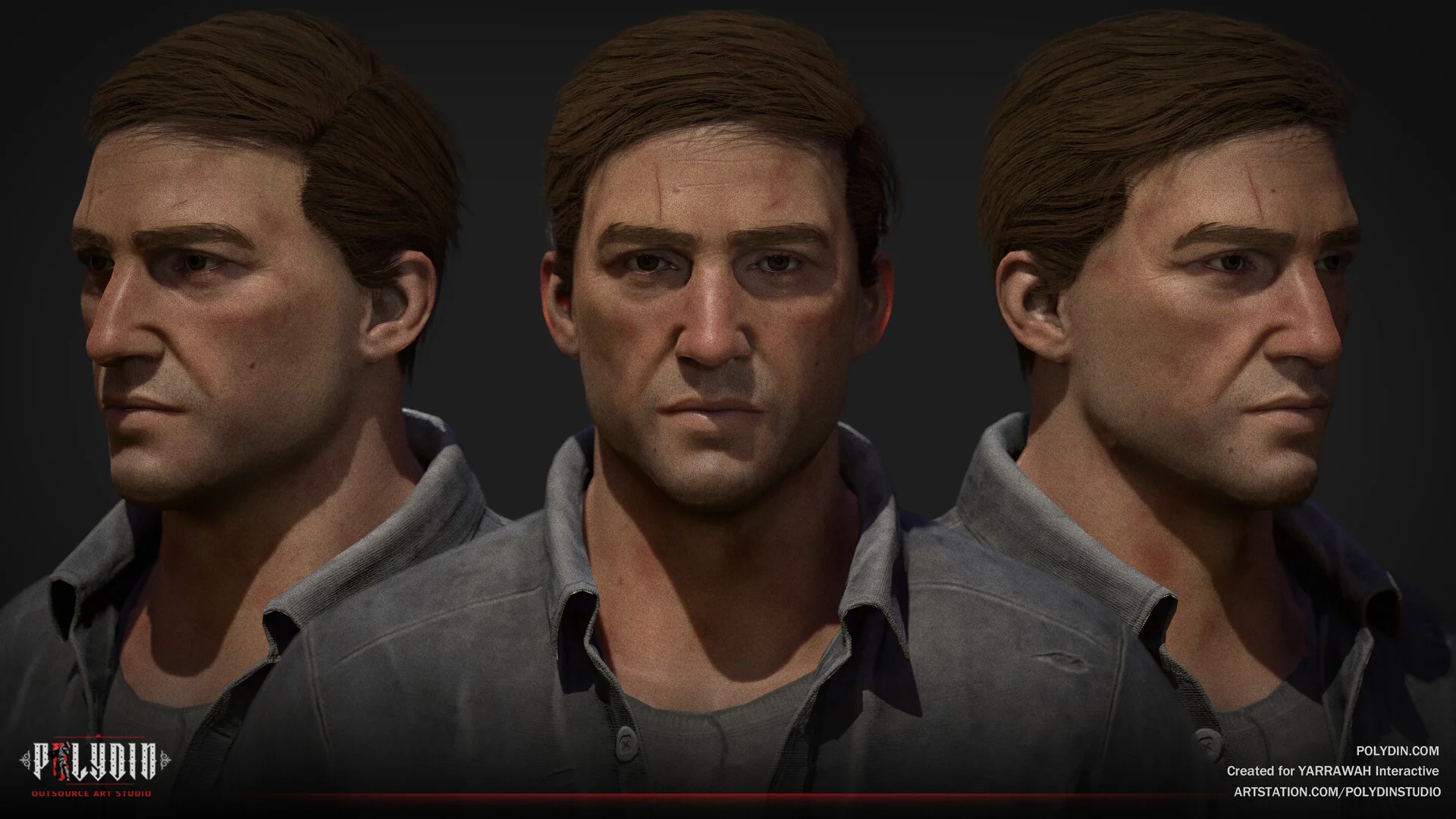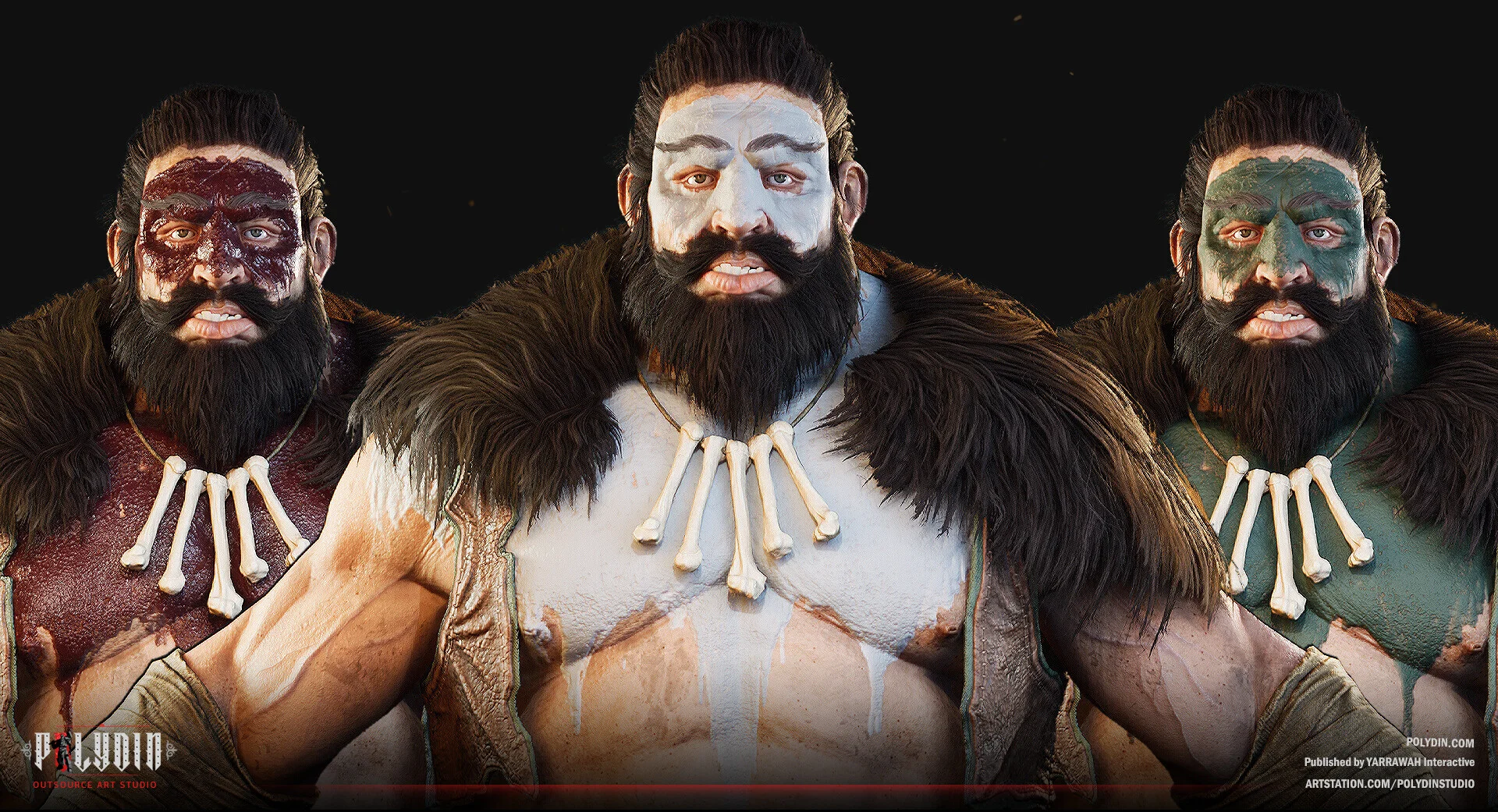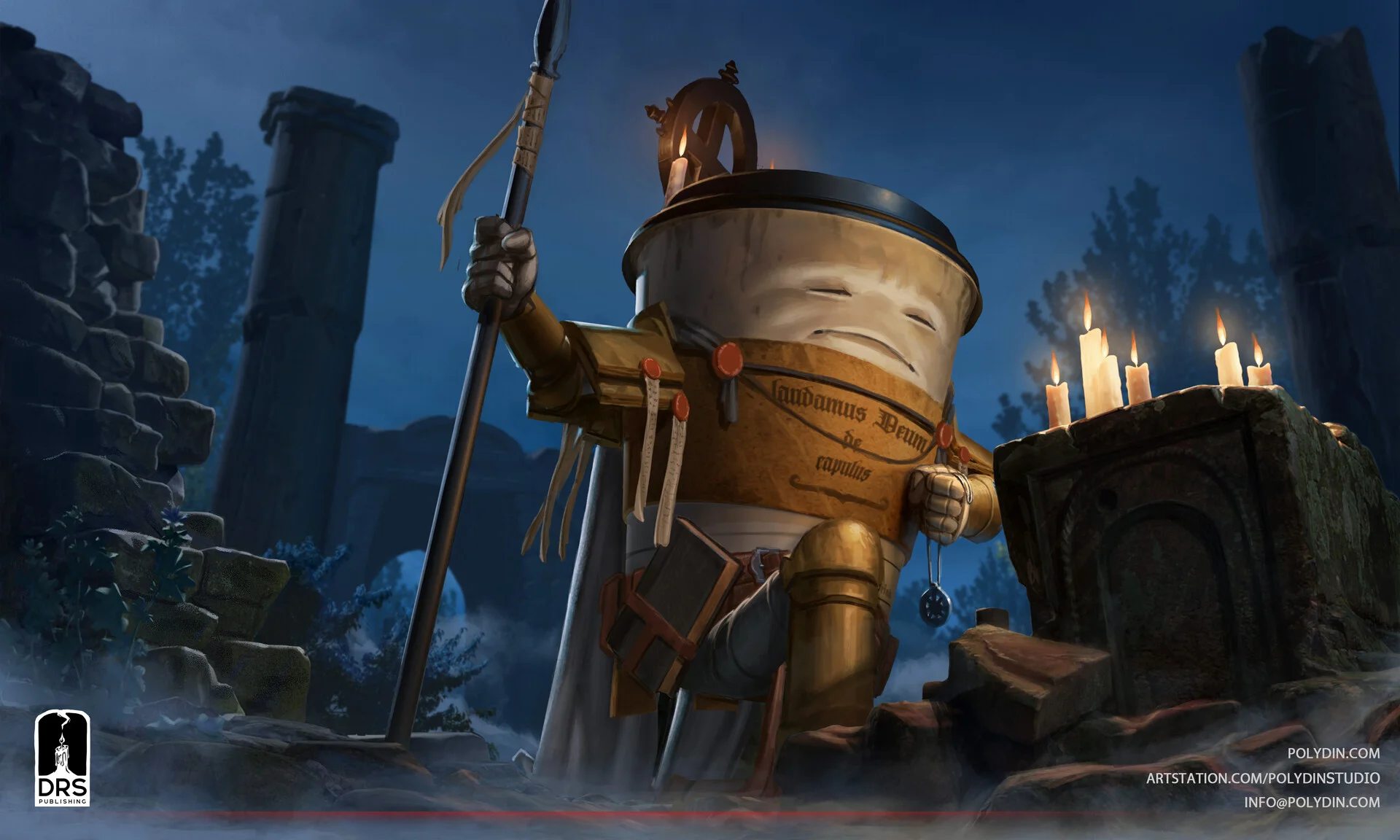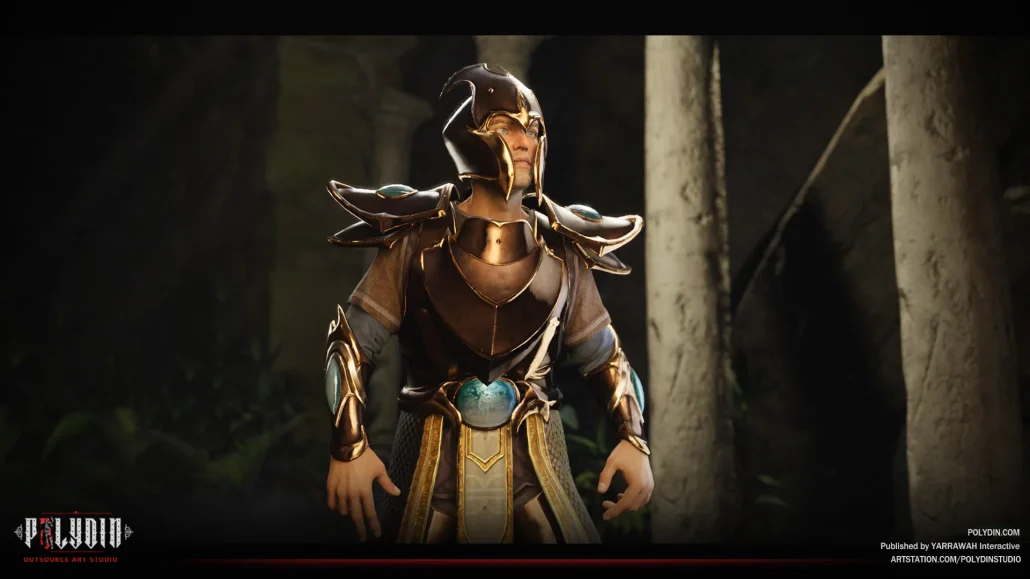Embarking on a journey through the fascinating world of 3D animation, we delve into the intricacies of the 3D animation pipeline. This structured process is the backbone of creating awe-inspiring animated visuals, spanning from pre-production to post-production. In this exploration, we’ll uncover why utilizing a pipeline is essential for efficient 3D animation production and delve into its key components, demystifying each phase from planning to polishing. Join us as we unravel the secrets behind bringing digital dreams to life through this well-orchestrated pipeline.
Read Also: Unlocking the Power of Animation Outsourcing | Benefits, Services, and More
What is the 3D Animation Pipeline?


The 3D animation pipeline is a meticulously organized, step-by-step process that serves as the foundation for creating captivating 3D animations. It’s a comprehensive framework that guides the entire production journey, from the initial concept to the final polished animation. This structured approach ensures that every aspect of animation production, including modeling, rigging, texturing, animating, rendering, and compositing, is seamlessly integrated and executed precisely.
At its core, the 3D animation pipeline acts as a roadmap, allowing animation studios and artists to efficiently manage complex projects, maintain consistency, and meet production deadlines. It is the backbone of any 3D animation project. It enables teams to collaborate effectively, iterate on designs, and produce stunning visuals that captivate audiences in various media, from films and television shows to video games and advertisements. As we venture deeper into the world of 3D animation, we’ll uncover why this structured pipeline is a fundamental asset in the realm of animation production.
Why Use a Pipeline for 3D Animation Production?


Using a pipeline for 3D animation production is imperative for several compelling reasons.
Firstly, it enhances efficiency and organization throughout the entire animation process. A structured pipeline streamlines workflow, allowing animators and artists to move seamlessly from one stage to another. This efficiency is particularly crucial in 3D animation, where complex models, textures, and animations must be meticulously crafted.
Secondly, a pipeline promotes consistency. It enforces standardized practices and procedures, ensuring all team members work cohesively towards a common goal. This uniformity results in a polished final product where characters, environments, and visual effects maintain a consistent look and feel.
Moreover, a well-defined pipeline facilitates collaboration. In large-scale 3D animation projects, numerous professionals with diverse skill sets work together. A pipeline serves as a shared framework, enabling artists, animators, riggers, and other specialists to collaborate effectively, exchange assets, and seamlessly integrate their work.
Furthermore, it’s an invaluable asset for project management. It allows for precise progress tracking, helping production teams meet deadlines and stay within budget. Producers and directors can monitor each stage, identify bottlenecks, and make informed decisions to ensure a smooth production process.
Lastly, the use of a pipeline ensures adaptability and scalability. As animation projects evolve and grow, the pipeline can be adjusted to accommodate changes, making it a dynamic tool that can handle a wide range of projects, from small-scale animations to blockbuster films.
A 3D animation pipeline is not merely a tool; it’s a vital framework that empowers animation studios to create high-quality, visually stunning content efficiently, consistently, and collaboratively.
What are the Key Components of the 3D Animation Pipeline?


Creating breathtaking 3D animations involves more than just modeling and animating characters and scenes. It requires a structured and comprehensive process that covers everything from the initial concept to the final rendered frames. This process, known as the 3D animation pipeline, relies on several key components, each playing a critical role in delivering top-tier results. In this exploration, we’ll delve into these vital components that make up the backbone of the 3D animation pipeline, shedding light on the intricacies that bring 3D worlds to life.
Pre-production
Pre-production is the foundational stage of the 3D animation pipeline. It’s where the seeds of an animation project are sown and nurtured. This phase involves several critical steps:
- Concept and Idea Development: Everything begins with a creative concept or idea. This concept could be a script, storyboard, or even a rough outline of the animation’s aim. The team brainstorms ideas, refines them, and starts shaping the narrative.
- Scriptwriting: Scriptwriting is essential for animations with dialogue or a specific storyline. This script is the blueprint for the entire project, detailing dialogue, scenes, and actions.
- Storyboarding: Storyboarding helps visualize the script. Artists sketch out key scenes, framing, camera angles, and character movements. This process provides a visual roadmap for the animators.
- Character and Environment Design: In pre-production, characters, props, and environments are designed. Character designers create concept art to define each character’s appearance, personality, and attire. Environmental artists work on the settings, ensuring they align with the story’s mood and tone.
- Voice Acting and Sound Design: If the animation includes dialogue, voice actors are cast and recorded during pre-production. Sound designers may start creating sound effects and music to complement the visuals.
- Technical Planning: The technical aspects of the project are planned during this phase. It includes decisions on software, hardware, rendering techniques, and more. The team also considers the target platform or screen size.
- Budgeting and Scheduling: Financial planning and scheduling are vital to ensure the project stays on track. The budget allocates labor, software licenses, hardware, and post-production funds.
Production
Once pre-production lays the groundwork, the production phase begins. This is where the real magic happens:
- Modeling: Artists create 3D models of characters, props, and environments based on the designs from pre-production. These models are like digital sculptures, defining the appearance of everything in the animation.
- Texturing and Shading: Texturing adds surfaces to the models, making them look realistic or stylized. Shading artists define how surfaces interact with light, adding depth and texture.
- Rigging: Rigging is the process of creating digital skeletons for characters. These skeletons enable animators to control movements and expressions.
- Animation: Animators bring characters to life. They use rigs to create movements, expressions, and actions that match the script and storyboard. This process requires creativity, attention to detail, and a deep understanding of anatomy and physics.
- Lighting: Lighting artists illuminate scenes, creating moods and atmospheres. They use global illumination and ray tracing techniques to achieve realistic lighting effects.
- Rendering: Rendering involves converting 3D scenes into 2D images or frames. This process can be highly resource-intensive and crucial for producing the final visuals.
Post-production
Post-production is the final phase, where all elements come together:
- Compositing: Compositors merge rendered scenes, visual effects, and other elements. This step adds depth, color correction, and final touches to the frames.
- Editing: Editors assemble all the frames into a cohesive sequence, ensuring the animation flows smoothly and matches the script.
- Sound Editing and Mixing: Sound designers refine and enhance the audio. They balance dialogue, sound effects, and music to create a dynamic soundscape.
- Visual Effects: If special effects or visual enhancements exist, they are added in post-production. This can include explosions, weather effects, or other digital manipulations.
- Quality Assurance: Before the animation is considered complete, extensive testing is performed to catch any errors or inconsistencies.
- Export and Delivery: Once the animation passes quality assurance, it’s exported in the required format and resolution. The final product, whether a theatrical release, a streaming platform, or a game, is delivered to the intended audience.
Conclusion
In conclusion, the 3D animation pipeline is a dynamic and structured framework that enables the creation of captivating animated content. This pipeline is the backbone of the animation industry, beginning with pre-production’s creative brainstorming and planning, transitioning into the intricate production phase where characters and environments come to life, and culminating in post-production’s meticulous refinement. Its success relies on the synergy of diverse talents, from concept artists to animators, sound designers to compositors. Ultimately, it is through this well-orchestrated process that 3D animations find their way to audiences, entertaining and inspiring viewers worldwide.


